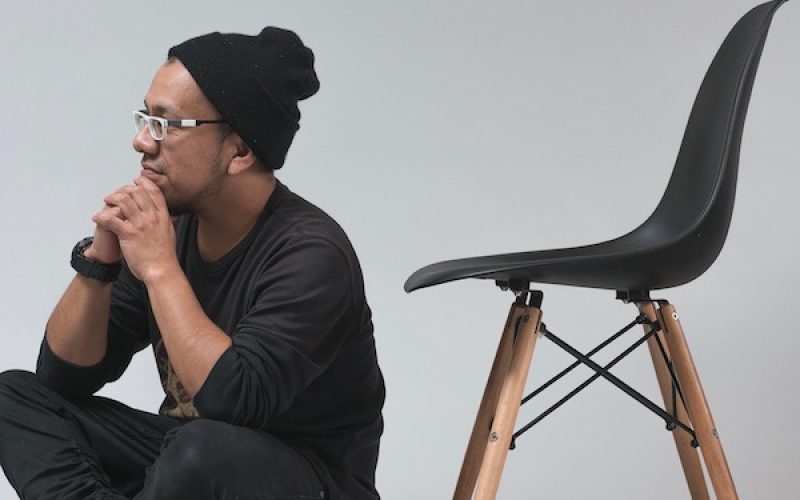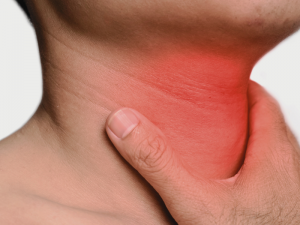Okay, that’s a slight exaggeration but it’s probably contributing your ability to move well by reducing your range of motion.
When you think about squatting, what comes to mind? The burn from your last gym session? Struggling to pick up your dropped keys? Or using a lavatory in tropical climes? Did you know that squatting is our natural evolutionary position of rest, a fundamental human movement essential for independent living?
If you can’t get on and off your (western-style) lavatory or get out of a chair unaided, you probably need someone to take care of you, or soon will.
What worse is that the inability to do these everyday movements can put a repetitive strain on your lower back, pelvis, hips, knees or ankles. Many of the people that cross my professional path struggle with these simple everyday activities tasks, because they have lost the art of squatting because so much of 21c life involves sitting. In the west, progress means that many people spend 80% of their waking day is spent a chair and have lost the skill to bend at the hips, knees, and ankles.

Why do so many people living a western life find this functional movement so tricky? We could all do this as children if you get the chance to watch some toddlers playing you will see how easily and gracefully they drop in and out of a deep squat, often resting in this position for ages. No one taught them how, and its doubtful they have copied their parents unless they come from a culture, who uses chairs less than most western dwellers.

While most adults move countless times a day to sit, pick up a dropped item, or scoop up a child or pet, many people struggle because it hurts their back or knees so they avoid the squatting movement altogether. For example, you’ve probably experienced the person dropping like a sack of potatoes into the seat beside you on the train. Or the colleague who regularly crashes down into their chair at work, in both cases these folk can’t squat!
Worse still too many non-disabled people avoid any movement that might involve a squat, leaving low cupboards and drawers empty: buying slip-on shoes and gadgets for picking up things from the floor. I even know people who have bought elevated feeding stations for their pets to avoid squatting…yikes that’s extreme.

So we compensate for our static sedentary lives by exercising, yet most people miss out on the one thing that could improve their function — yep a well-executed squat. It’s a useful functional exercise because not only does it involves almost every major muscle in the body; it prepares us for the varied activities of daily living. It also enhances fitness and mobility, helps improve flexibility and balance, develop torso strength and builds bone health, so what’s not to love?
Myths about squats
They are dangerous for the knees? Sorry, but this is a myth; many people used to caution against full-depth squats, claiming it caused knee injuries. But, if it’s our natural position of rest and zillions of people around the world squat daily, can it really be dangerous?
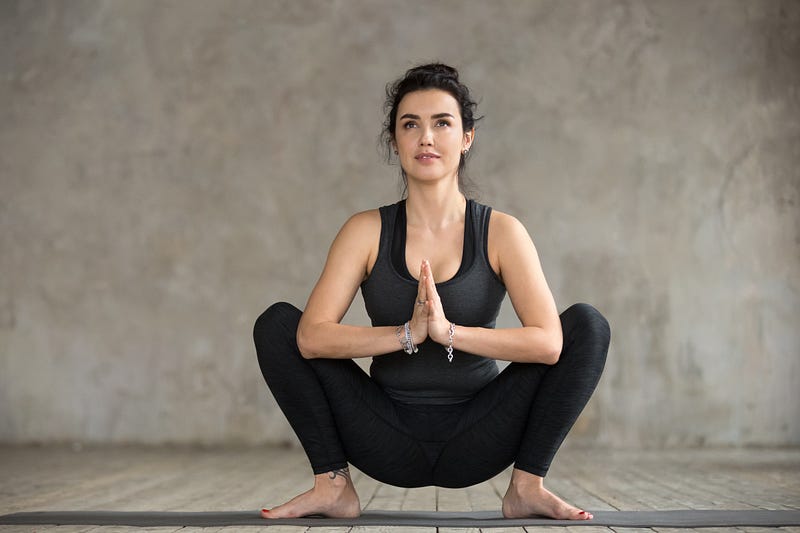
People who study human movement acknowledge that while forces on the knee joint and its muscles, tendons and connective tissues increase during a squat, there is little evidence to support that this leads to injury or is dangerous to knee health. A study on Buddhist monks in Thailand concluded that a lifetime of activities such as sitting in the lotus position, kneeling and squatting are not risk factors for developing knee osteoarthritis.
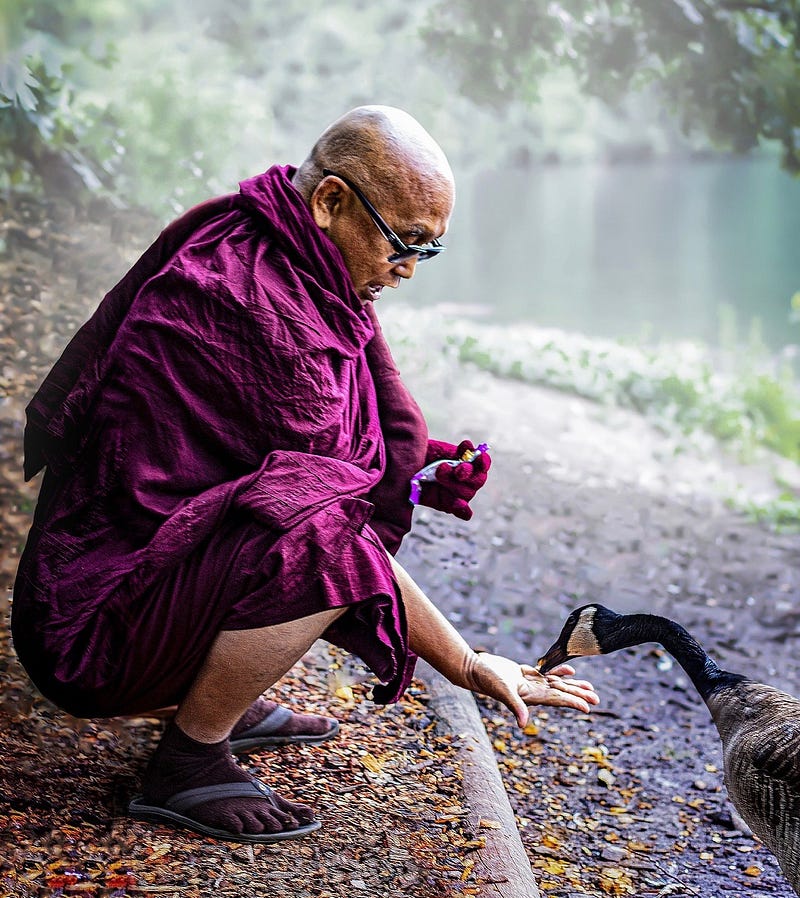
Squatting for knee helath.
Full-depth or low resting squatting where the back of the thigh; the hamstrings contact the calf muscles at the back of the lower leg, builds strength and lubricates the whole knee joint, it’s the only way to wet and lubricates the underside of the patella (kneecap) in a functional position.
Squatting as part of an exercise programme.
Benefits include:
- It’s a low impact
- Develops balance and stability
- Encourages and maintains hip mobility
- Supports the knee — toe alignment
- Promotes efficient alignment
- Strengths and mobilise feet and ankles
- Increases entire body strength
- Burns fat
- Improve circulation
- Increase Flexibility
- Improves posture
- Tones torso, legs, and buttocks
- Build healthy bones
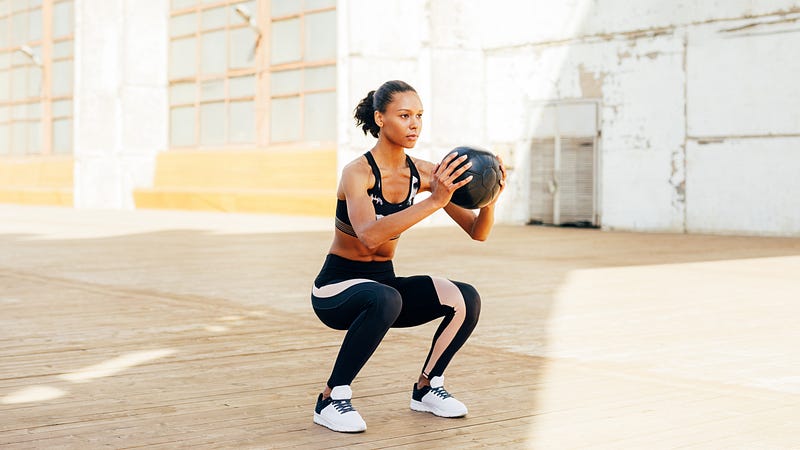
How to squat well
- The muscles of the pelvis, hips, and knees are the prime movers when we squat, and the spine needs a balance of stability and mobility. This means weakness, instability or restriction in any of these areas may cause problems.
- The hips must move back behind the heels, don’t worry if the knees go over the toes a little, as this can help the lower back remained aligned in its natural curves. What’s most important is that the hips move back behind the heels.
- The knees should follow the toes, for example, if the toes point out while squatting so should the knees, which makes it easier to keep the knees stable, and in line with the hips and feet.
- Repetitions, sets of 10 -15, 2 -3 weeks is a good start.
What goes wrong?
- If you cannot maintain proper alignment and the knees drop out, or cave in, the supporting structures around the (knee) joint will become vulnerable, which can cause the tendons and ligaments to work harder as they try to resist awkward forces involved in compromised movements.
- If you lack hip mobility or have early or late-stage osteoarthritis, you will often lean too far forward when squatting; this can put stress on spinal joints.
Tips for squat exercise
If you squatting as part of an exercise plan focus on proper technique, not the number of repetitions, slow and controlled is the best way to start, and remember to breathe.
Test your squat, can you sit down onto a child’s chair and stand up without having to push on your legs?
When ready, spice it up, everyone and their body is different, so some variations will work better than others. Try different positions;
- Hip distance with feet in parallel, wide-legged with feet turned out a little, remember knees follow feet, middle of the kneecap in line with 2nd or 3rd toe depending width of the foot.
- Control speed, using a 3-second descent.
- Try shallow, mid-depth, full and low but only squat down a low as you can comfortably go.
- For people without knee injuries or pathology, a full depth squat is safer than the shallow or mini versions, because there is less stress on the joints, and it recruits more muscles.
- Aim for 3 sets of 10 -15, training 2-3 times per week.
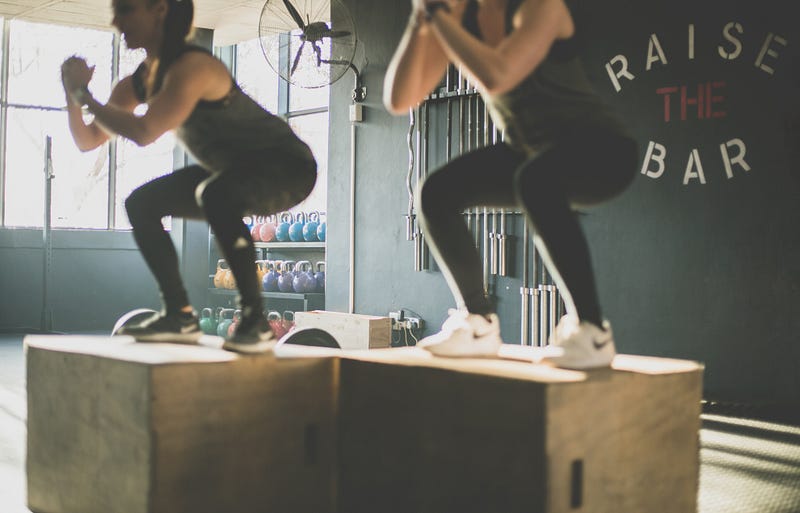
Special care tips
- Please seek professional advice before starting if you have an injury, have had joint surgery any general health concerns or take medication.
- If squatting results in acute pain or you lack the mobility or strength to do them correctly, change the movement or position, try a mini squat, or use the back of a chair for support.
- People who have had a total knee replacement, or in the acute phase of osteoarthritis or knee rehabilitation should also start with mini or supported squats and progress with guidance to their end comfortable range of motion.
- If you have abdominal or pelvic floor issues, keep the repetitions low with a 30 seconds rest period in between each set of 10. Remember to breathe as holding your breath will create pelvic floor tension, and no bearing (pushing) down.
Lifestyle hack
- A simple tip is to put the things you use daily lower down, so you have to squat to reach them. For example, move your socks into a lower drawer.
- Or sit on the floor at home to watch a movie. You’ll get uncomfortable and have to move around a bit, but that’s the whole point.
- Crouch or squat to do everyday tasks whenever you can.

Summary
The squat is a fundamental human movement, and the ability to perform it makes people fit for life. If you want to get better at anything, including squatting, regular daily practice with proper alignment will help to coordinate, and refine the movement and build endurance.
Ready to take the 30-day squat challenge? Stay tuned for the next post, which will include some more techniques tips.

